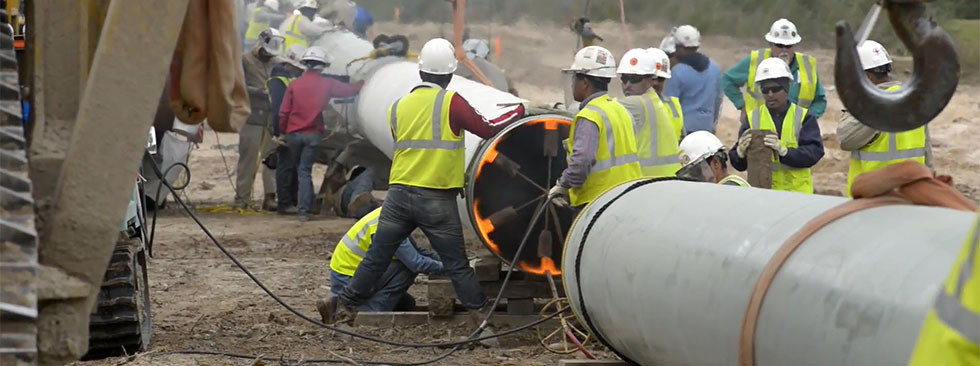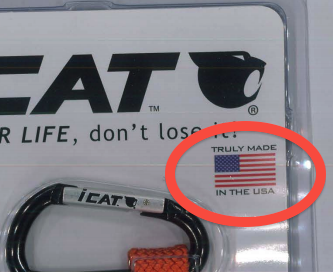Despite recent declarations by the White House that new oil pipelines would be required to be made with steel and iron sourced from within the U.S., the administration has confirmed that the recently resurrected proposal for a pipeline running from Nebraska to Alberta is exempt from this mandate. [More]
made in america
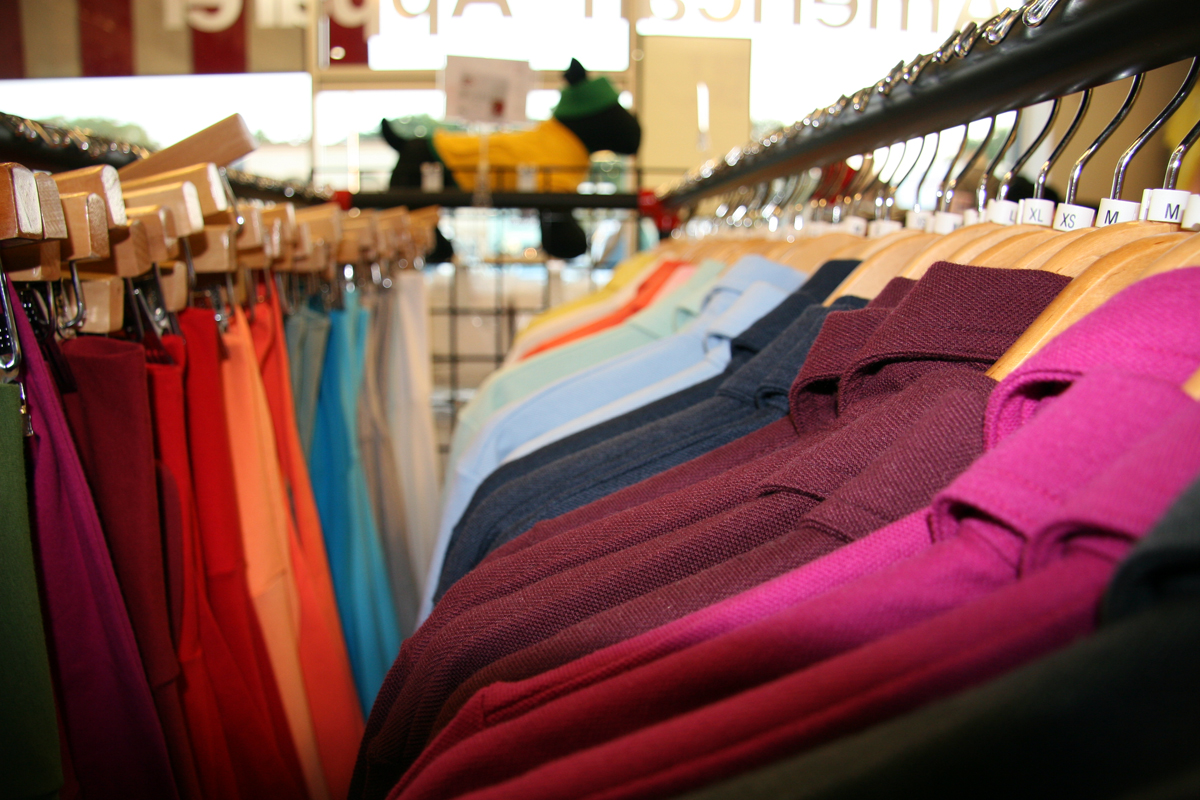
The New American Apparel Brand Will Include Clothing Not Actually Made In America
Like a phoenix made of bodysuits and brightly colored leg warmers*, American Apparel will rise from the ashes of its second bankruptcy, reformed as a brand with new Canadian owners who say they will make some American Apparel outside of America. [More]
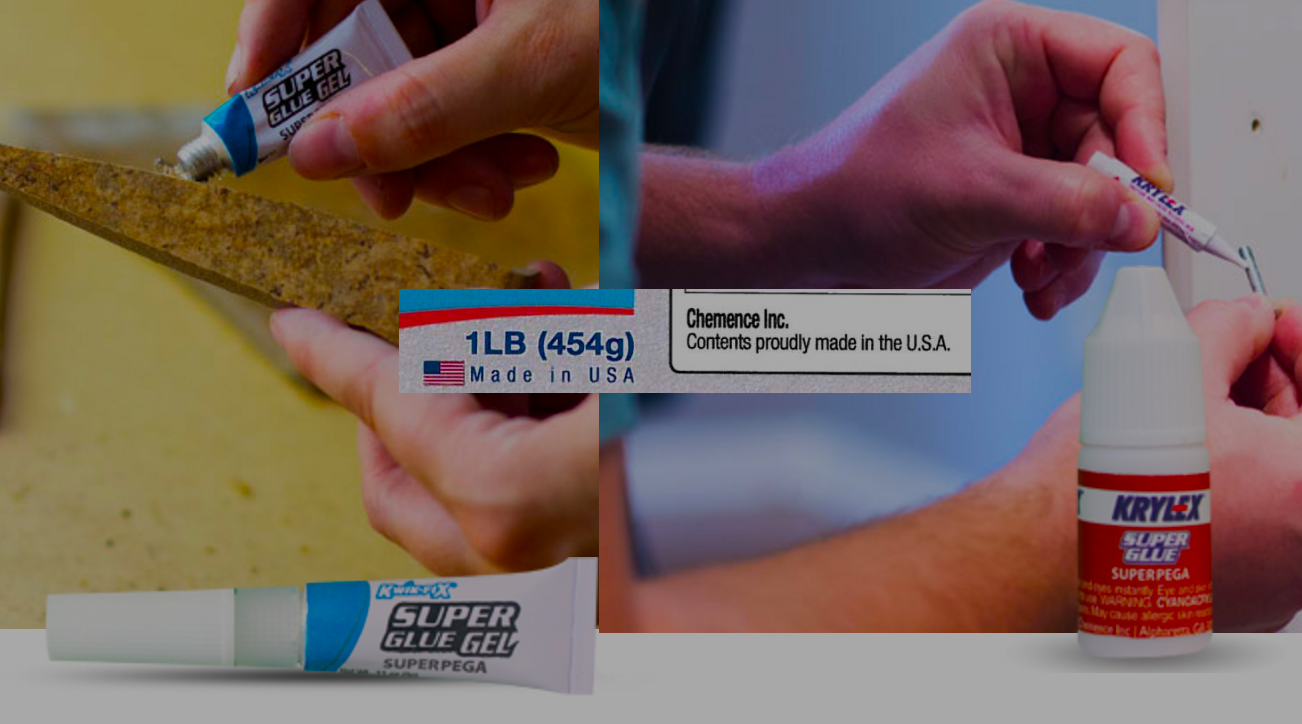
Maker Of Krylex, Hammer-Tite, Kwix Fix Glues Stops Claiming Products “Made in USA”
Anyone can claim that their product is “Made in the U.S.A.,” but unless that product is actually manufactured in America from materials made in America, you might be breaking the law. Eight months after being sued by the Federal Trade Commission for claiming its glues are “proudly made in the U.S.A.” even though the products were made using foreign-sourced chemicals, the manufacturer has agreed to stop this faux patriotic boasting. [More]

Regulators Drop Probe Into Walmart’s “Made In The U.S.A.” Labeling After Designation Dropped From Website
Four months after an advertising watchdog group called out Walmart’s website for selling more than 100 products labeled as “Made in the U.S.A.” even though they were manufactured in other countries, raising the watchful eye of federal regulators, the retailer announced it had removed the designation from its products. [More]
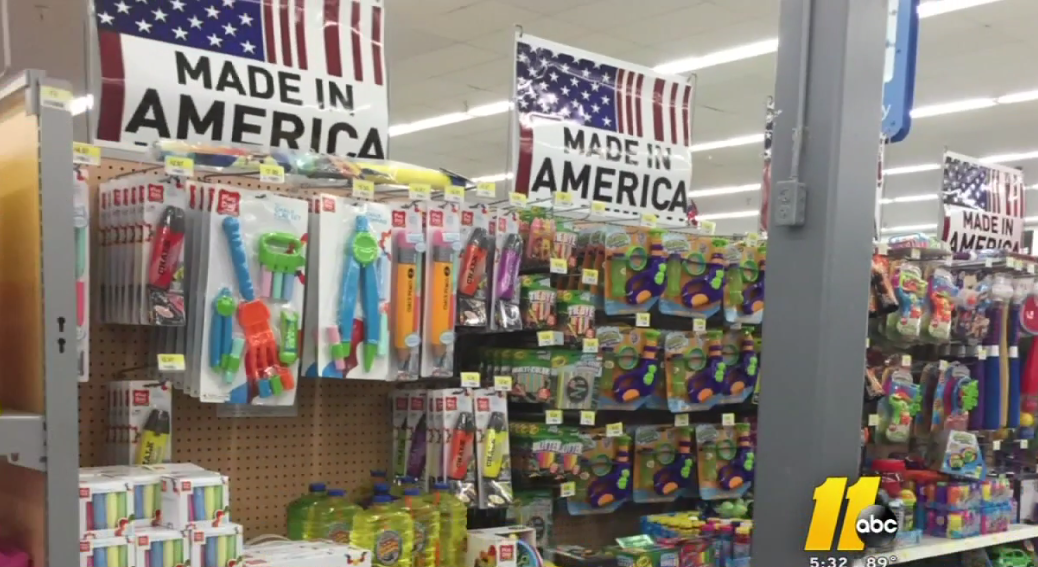
Walmart Also Selling Mislabeled “Made In America” Products In Stores
Last week, an advertising watchdog group called out Walmart’s website for selling more than 100 products labeled as “Made in the U.S.A.” even though they were manufactured in other countries. Now comes a local news report showing that the confusing problem isn’t relegated to Walmart.com. [More]
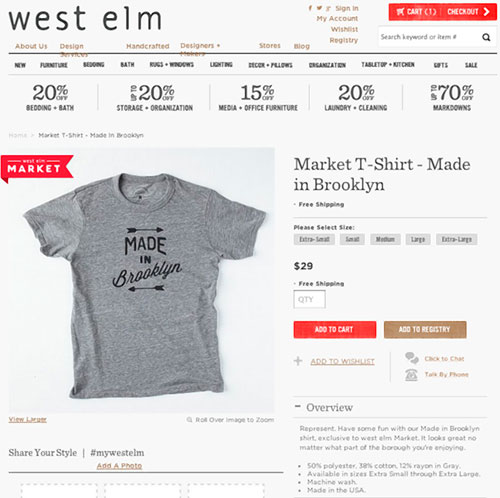
West Elm Quietly Removes “Made In Brooklyn” Items That Weren’t Actually Made In Brooklyn
If a company slaps “Made In USA” on a product, it could get in trouble with the Federal Trade Commission when that product turns out to be made elsewhere. But the folks at West Elm didn’t see a problem in labeling products as “Made in Brooklyn” even when they were made elsewhere (unless China is part of Brooklyn) — at least not until the media noticed. [More]
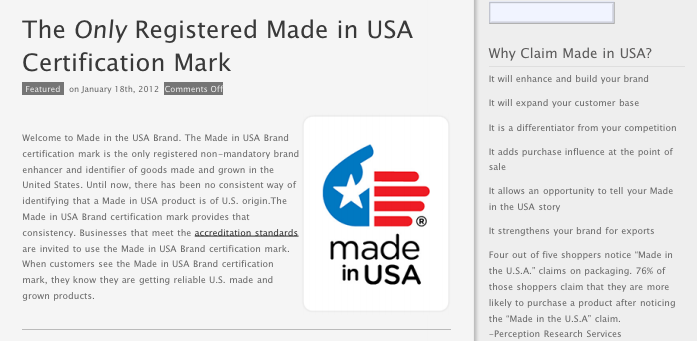
You Can’t Sell “Made In The USA” Seals Without Checking That Products Live Up To That Label
As we’ve talked about in previous stories, while there are federal guidelines about what constitutes a “Made In America” product, manufacturers are operating on an honor system because it would be too onerous a task for the government to actually investigate every product claiming to be American-made. But if a company charges thousands of dollars for seals that indicate that a product’s Made In USA bona fides have been verified, it should actually be doing something to check those claims. [More]
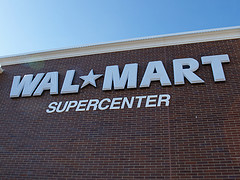
Walmart Hosting Two-Day “Made-In America” Summit To Boost U.S. Manufacturing Buzz
In an effort to boost the movement toward goods made right here in the good old U.S. of A., Walmart is kicking off a two-day summit bringing together other retailers as well as government officials and suppliers. The goal seems to be some kind of big brainstorming session to figure out how to get more American-made products in stores and jobs back on our shores. [More]

Toyota To Start Manufacturing Lexus Vehicles In Kentucky
Toyota’s plant in Georgetown, KY, is slated to go a bit upscale with the news that the world’s largest car company will be using the plant to manufacture the Lexus ES, which had previously only been produced in Japan. [More]
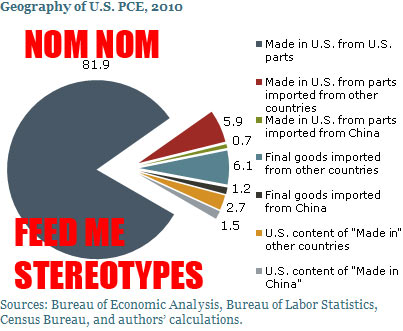
Only 1.2% Of American Spending Actually Ends Up In China
For all the ballyhoo about how Chinese products have infiltrated our shelves, it turns out that only 1.2% of American spending actually ends up in their coffers. How is this? [More]
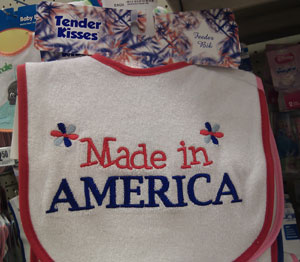
'Made In America' Bib Is Cute, But Made In China
Nathan came across this cute bib that allows your child to declare that he or she was “Made in America.” It’s cute and all, but just slightly ironic that the bib itself was made in China. “I understand what the bib manufacturer is trying to say with the phrase,” he notes. “I enjoy the fact that it could be read as a contradiction.”
[More]

Restoration Hardware Shifting Nearly All Of Its Furniture Production To China?
If what this alleged Restoration Hardware employee says is true, the home furnishings chain may have just sacrificed its last remaining claim to distinction—high quality, American-made furniture—in an effort to increase profits. Supposedly, shoppers will see the effect of outsourced furniture through lower prices. RH furniture was always known to be fairly good stuff, if not cheap—can we now expect cheap but not good?


